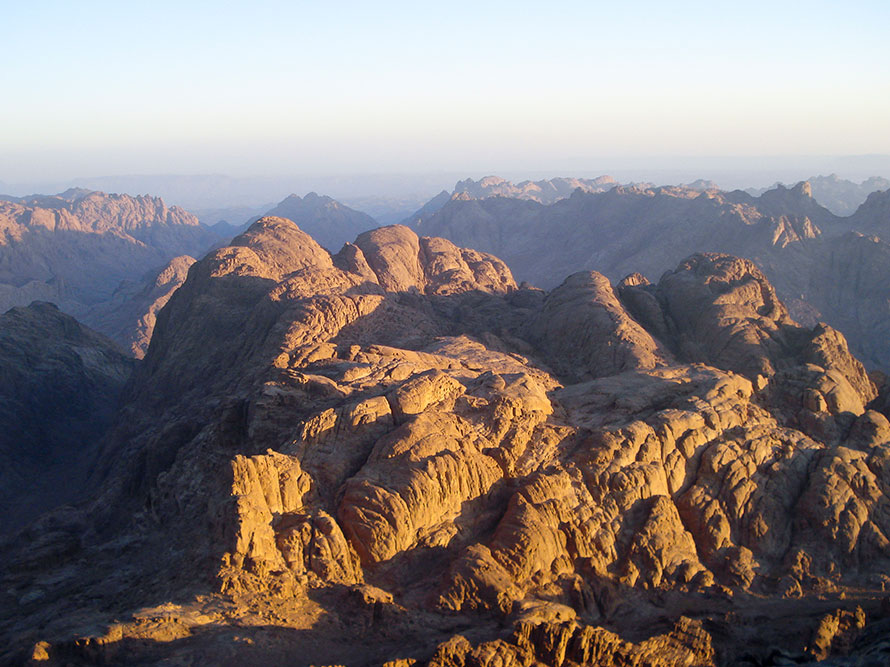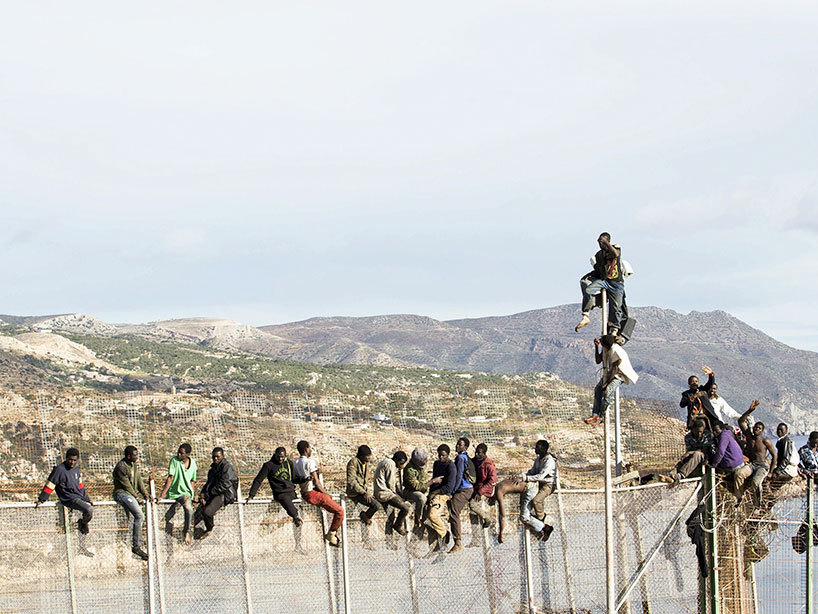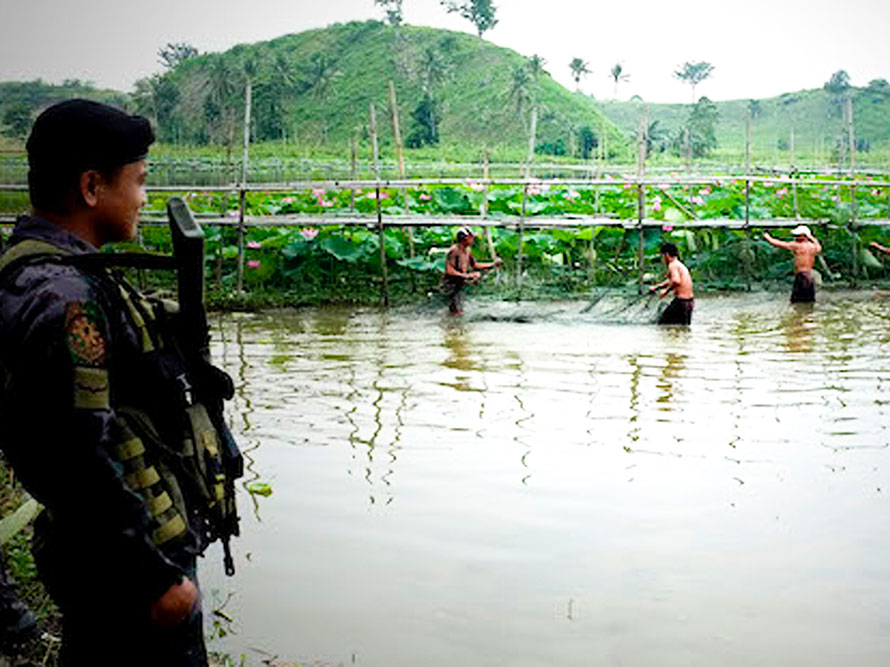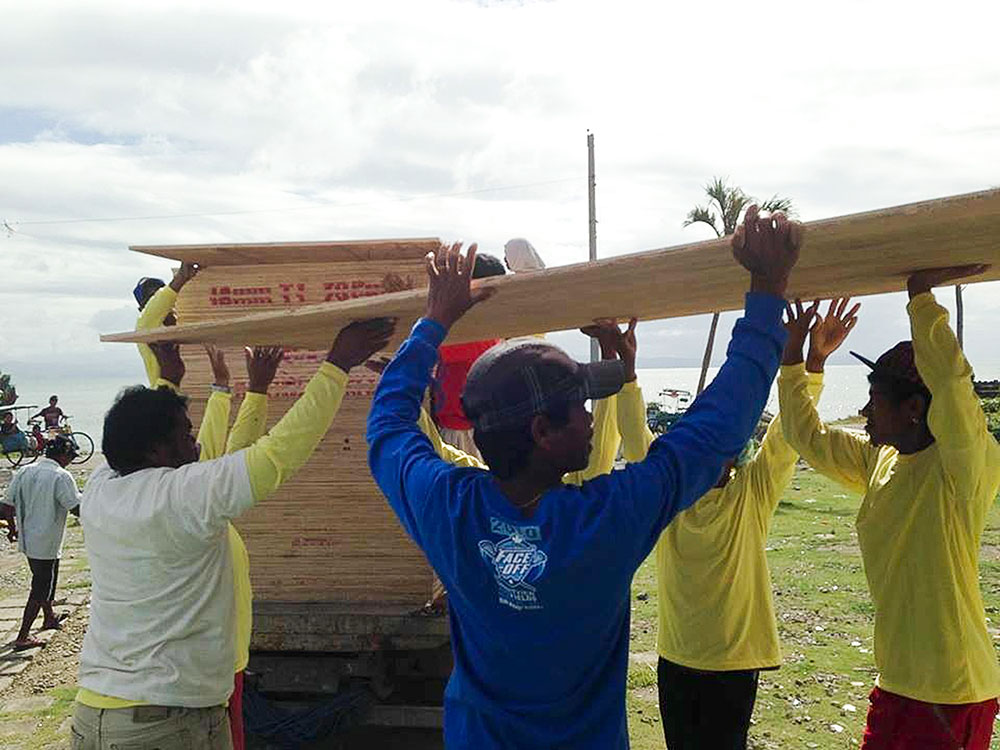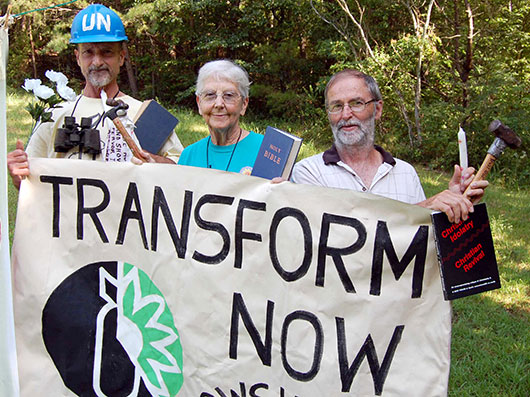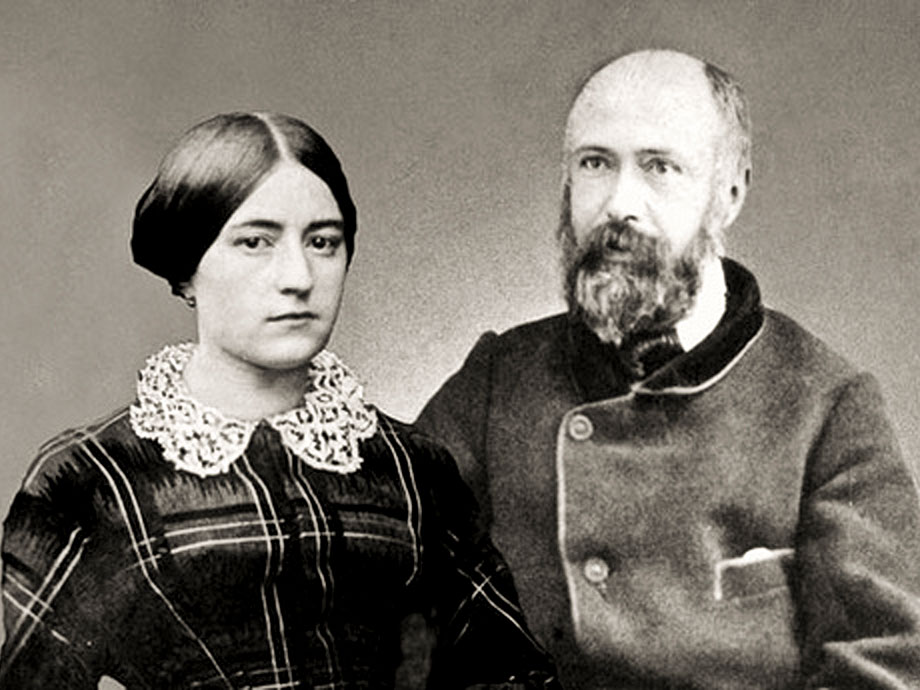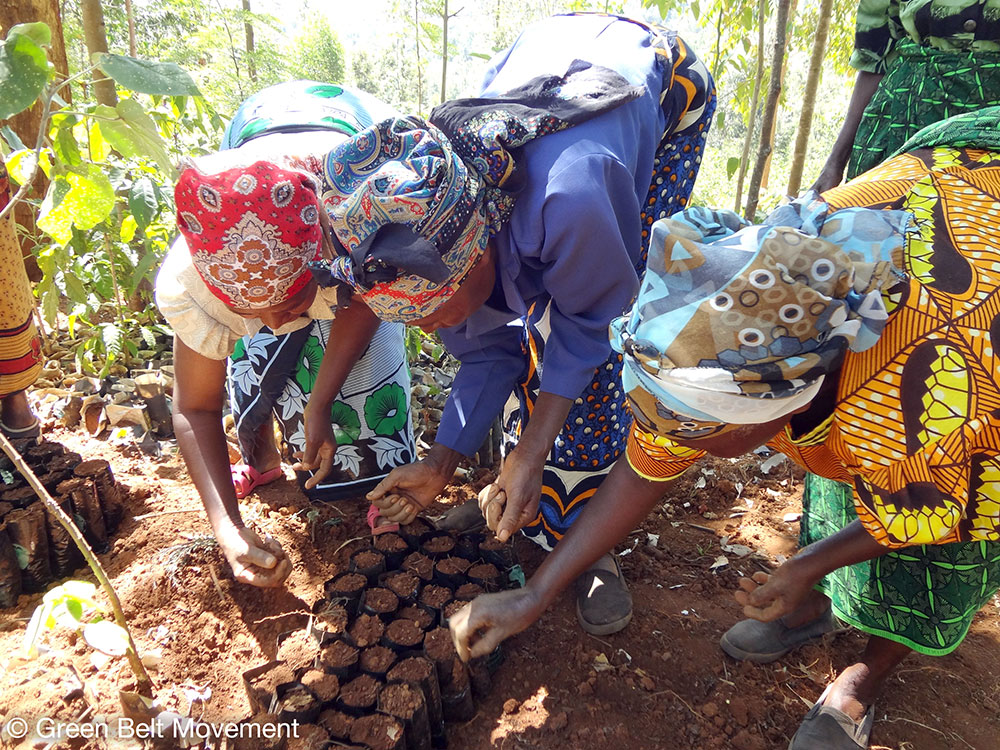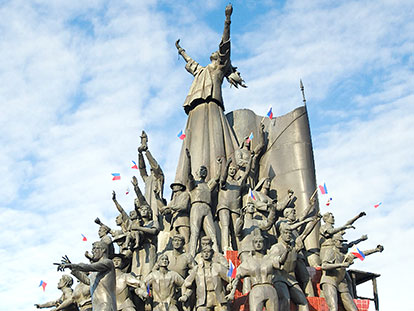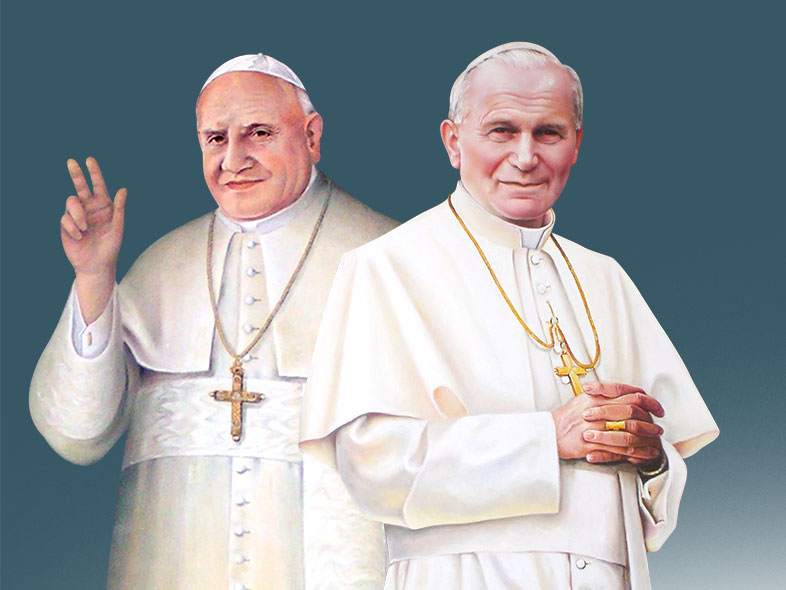We can imagine the diligence of the monk of Montecassino who, in the 11th century, copied the parchment on which Lady Egeria had written a very long letter-journal of her amazing journey to the holy places to her “sisters” of the women guild to which she belonged; a feminine writing for a women’s community. Some of the fatigue of the silent, solitary monk was lifted since part of the letter was not found. But the pages which have been copied describe one of the most interesting and remarkable journeys of antiquity, thanks to the work of the ancient and silent amanuensis.
We can also imagine the happiness of Gian Francesco Gamurrini, historian and archeologist living and working in the city of Arezzo in Italy when, in 1884, in a monastic library of his city, he read, for the first time after seven centuries, the forgotten pages copied by the unknown monk. Hiding his own emotions, Gamurrini spread on the large table of the reading room a map of the Middle East and tried, moving a pencil, to follow the route of the pilgrim Lady Egeria. He was amazed by the great enterprise of the brave ancient woman. He had discovered the lost journal of the most important Christian pilgrimage of the ancient Roman time.
In the only representation that exists of her, Lady Egeria has deep, dark, seemingly melancholic eyes, with marked rings under them, a long nose, well-parted hair, and a line of green precious stones around her neck. The simple earrings are sparkling. The whole countenance has a thoughtful look and a certain air of nobility which befits an intellectual, educated, and pious woman.
Certainly, she was a brave woman, who travelled alone on the roads of the Middle East, from Constantinopole to Sinai, from Egypt to Jerusalem, from Mount Nebo to Edessa, from Palestine to Mesopotamia. Certainly, she was animated by the strength of the Spirit, by the irresistible desire to visit the holy places, to go and pray on Job’s tomb, and to see the place of the Burning Bush on Mount Sinai. She wanted to see with her own eyes the land described in the Bible.
A BORN NARRATOR
Much of the surviving information about Lady Egeria comes from a letter written by the 7th century Galician monk Valerio of Bierzo. What we know is that her name was Egeria and that she set out on her long journey from the far away province of Galicia. She traveled because of a religious quest: Christianity was the new creed of the Roman Empire; people could at last reach Jerusalem in order to kneel before Christ’s empty tomb. She traveled in order to pray. With devotion, she read pages from the Scripture, which served as the compass of her pilgrimage, and prayed in each place she visited.
But she also traveled to satisfy her desire and intellectual curiosity. She was also a strong woman: she climbed the side of Mt. Sinai laboriously, was adamant to reach Jacob’s tomb, faced deserts and mountains, crossed unsafe territories, and wanted to pray at the River Jordan where John the Baptist performed baptisms. She wanted to see with her own eyes the sea which opened up in front of the people of Israel, to escape from Egypt. But she stayed at length in the Holy City of Jerusalem and left for us a detailed description of the liturgies of the 4th century Church.
Lady Egeria is a born narrator: with minimum means, she achieved suggestive results, like in this passage: “We arrived in place where the mountains through which we were passing, opened up and formed an immense valley which extended in front of our eyes, almost flat and very beautiful and, beyond the valley, the Holy Mountain of God appeared: Sinai.”
In another passage she wrote: “It was a sycamore tree, an immense plant, almost as vast as a dome. In its shade meetings and village assemblies take place. It is a holy tree. They say that it was planted by the patriarchs.” She added: “The sycamore tree is extremely old but it still gives fruits and whoever is afflicted by ailments comes to this tree to get branches and leaves to be used as medicines and receives a benefit.” In Lower Egypt, in the delta of the River Nile, Lady Egeria listened attentively to the Bishop of Ramesse. The holy man said that the tree was known as “the tree of truth.”
STUDYING SCRIPTURE ON LOCATION
Lady Egeria put down her observations in a letter now called Itinerarium Egeriae, or the “Travels of Egeria.” The surviving manuscripts do not have the beginning of her account but commences at Mt. Sinai, where she went to see all she could that might relate to the Exodus. Everywhere she went, Lady Egeria found guides, monks, and religious leaders who would show her the sites. She would then read the Scriptures focusing on where she was and the biblical significance of the place.
Evident in all her pilgrimage was a desire to deepen her understanding of the Scriptures by seeing the very places where biblical events occurred. Her description of the places she visited was always subordinate to the truth of Scripture itself. At Sinai, she climbed to the top of the mountain where the Glory of God had shown. Resident monks showed her where it was thought the golden calf had stood as well as the Burning Bush, whose roots, she wrote, were still well established!
After a stay in Jerusalem, Lady Egeria made other journeys to biblical sites: to Mt. Nebo where Moses died, located in present day Jordan, and Harran, where Job’s tomb and Abraham’s house could still be seen, now in modern Turkey. Lady Egeria traveled the main caravan and trade routes. At times, Roman soldiers provided her with an escort. Faithful monks provided hospitality and guidance along the way, continuing a tradition of hospitality dating from the earliest days of the Church.
The most interesting portion of Lady Egeria’s narrative, however, is her account of the worship practices of the Christians of Jerusalem. At least six churches in Jerusalem were all established on places associated with major events in the life of Christ. Daily and Sunday services at the churches focused on the particular importance of each site in Jesus’ life, but the close proximity of all the churches soon led to a seasonal, annual series of celebrations, with each church playing a specific part in the yearly liturgy. Lady Egeria described this pattern of worship in detail.
THE MAKING OF THE LITURGICAL YEAR
A way of retracing, reliving, and re-enacting the last week of Jesus’ life naturally grew up in association with these churches. Large crowds from throughout Jerusalem, as well as pilgrims from elsewhere, gathered to participate. In addition to the regular daily services at all the Jerusalem churches, additional times of prayers, hymns, and Scripture reading were held during Holy Week, or the “Great Week” as the Jerusalemites called it, to remember the events of Christ’s last week on earth.
On Holy Tuesday, the bishop led the people to the Eleona Church on the Mount of Olives and read to them Jesus’ teachings to His disciples from Matthew 23-24. On Wednesday evening, a priest read the passage where Judas Iscariot went to the Jews to set a price for his betrayal of the Lord. People moaned and groaned, and many were moved to tears. On Thursday, special services were again held at the Mount of Olives churches, and then the bishop and people went to Gethsemane. After a prayer and hymn, the Scripture describing the Lord’s agony in the Garden, was read. Lady Egeria noted that no one failed to be a part of the remaining ceremonies, tired though they are from their long vigils and fasting.
In the early hours of Friday, they made their way back to the Church of the Holy Sepulcher, where the bishop read the Gospel accounts of Jesus before Pilate. Before returning briefly to their homes, the people went to Mount Zion to pray at the pillar in Caiaphas’ house where Jesus was whipped. Friday was the most solemn day of the “Great Week” in Jerusalem. In the morning, the wood of the Cross Queen Helena had found was brought out for reverence. For hours, pilgrims filed by to see the holy relic.
But for Lady Egeria, the three-hour service that began at noon was most meaningful. Nothing was done during that time except the reading of the Scripture. From 12 noon to 3p.m., passages from Scripture were continually read and hymns were sung, to show the people that whatever the prophets had said about the Passion of the Lord came to pass as shown through the Gospels and the writings of the apostles. During these three hours, all the people were taught that nothing happened which was not prophesied, and that nothing was prophesied which was not completely fulfilled. Every one, young and old, was moved to tears with the realization that the Lord suffered for them.
In Jerusalem, Lady Egeria found a greater emphasis on the preaching of Scripture than she had known in her home church. The people were always learning about the Bible and the love of God. As they walked to and from the various holy sites and heard the Scripture being read, they were able to involve themselves in the historical life of Jesus. As pilgrims, like Lady Egeria, came to the Holy Land, more and more Christians became familiar with the annual cycle of feasts commemorating the life of Jesus that had flourished there.
Many churches elsewhere initially knew nothing about the lessons from Scripture that were regularly connected with the feasts, but these lessons gradually became part of the liturgy and worship of other churches. The Christian year, with its annual celebrations of all aspects of Jesus’ life, soon became the established worship pattern of the Church. At a time when few people had a copy of the Scriptures themselves, this annual cycle of Scripture reading connected with the life of Christ was an important way of confirming the Christians in their faith.
BAPTISM WAS NOT TO BE TAKEN LIGHTLY
Part of Lady Egeria’s account has to do with baptism at Easter in Jerusalem. She gave an account of how careful inquiry about the life and character of the candidate was made, before final acceptance for baptism was given: “I must also describe how those who are to be baptized at Easter are instructed. Whoever gives his name does so the day before Lent and this is before those eight weeks during which, as I have said, Lent is observed here.”
“On the first day of Lent, a throne is set up for the bishop in the center of the major church, the Martyrium. The priests sit on stools on both sides, and all the clergy stand around. One by one, the candidates are led forward in such a way that the men come with their godfathers and the women with their godmothers. Then the bishop questions individually the neighbors of the one who has come up, inquiring: “Does he lead a good life? Does he obey his parents? Is he a drunkard or a liar?” And he seeks out in the man other vices which are more serious.”
“If the person proves to be guiltless in all these matters, the bishop notes down the man’s name with his own hand. If, however, he is accused of anything, the bishop orders him to go out and says: “Let him amend his life, and when he has done so, let him then approach the baptismal font.” He makes the same inquiry of both men and women. If, however, someone is a stranger, he cannot easily receive baptism, unless he has witnesses who know him.”
Lady Egeria’s record of her travels to the Holy Land provides a late 4th century account of liturgical worship in Palestine. The liturgical year, then, was in its incipient stages at the time of her visit. Her account is invaluable because the development of liturgical worship reached universal practice in the 4th century. Lady Egeria provided a first-hand account of practices and implementation of liturgical seasons as they existed at the time of her visit. This snapshot is even before the universal acceptance of the December 25 celebration of the Nativity of Jesus, a fantastic glimpse into old world Christianity!

